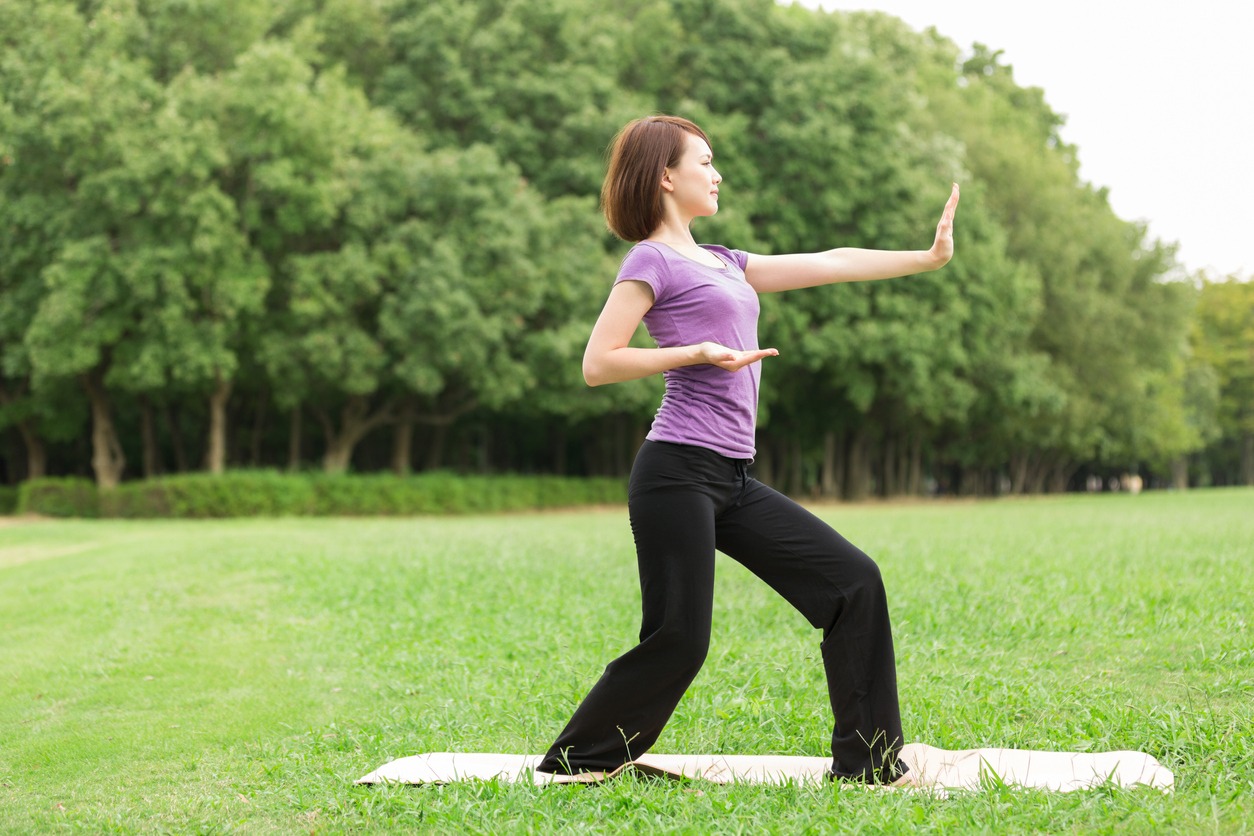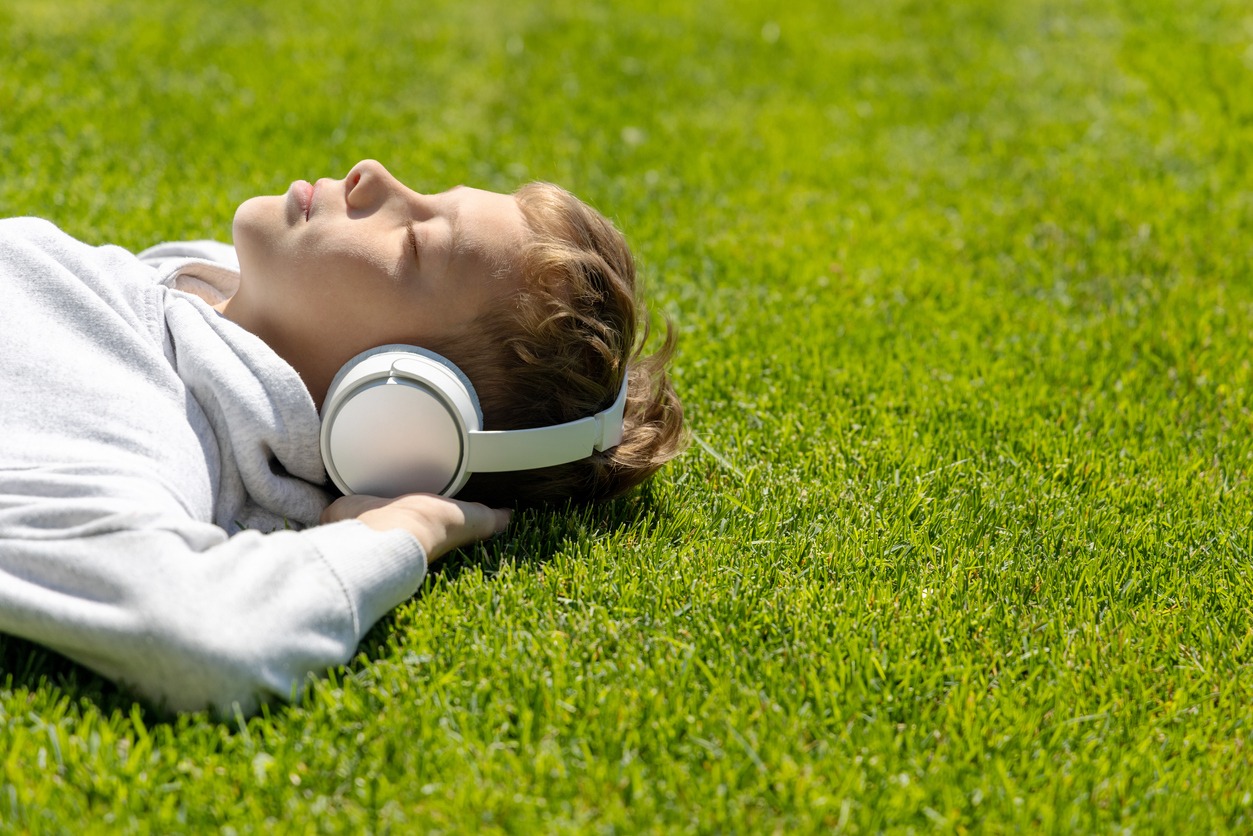In our contemporary, fast-paced world, the challenges of stress and its impact on overall well-being are pervasive across various domains of life. To tackle this issue, individuals and groups across different settings have increasingly embraced the incorporation of mindfulness activities into their daily lives.
Mindfulness practices can be applied in various settings, be it at work, school, or in one’s personal life. They offer individuals a valuable opportunity to pause and focus on the present moment, allowing for better stress management, increased concentration, reduced depression and an improved overall sense of contentment.
However, the art of mindfulness is precisely that—a practice. The encouraging aspect of this endeavor lies in the fact that the more you engage in mindfulness exercises, the more attainable and comfortable it becomes.
In this article, we’ll explore 10 recreational activities that promote mindfulness and can be integrated into your routine for overall well-being.
Advantages of Practicing Mindfulness
Mindfulness, a practice rooted in ancient traditions like Buddhism and adapted for modern contexts, offers various benefits for individuals across various aspects of life. One of its primary advantages lies in its ability to reduce stress and promote mental well-being. Through mindfulness techniques such as meditation and deep breathing, individuals can develop greater awareness of their thoughts and emotions, which can lead to a more measured and less reactive response to stressors. This heightened self-awareness can result in decreased anxiety and improved overall mental health.
Furthermore, mindfulness has been linked to enhanced focus and concentration. In our age of constant distractions, cultivating mindfulness helps individuals regain control over their attention. Regular practice of mindfulness exercises can lead to improved cognitive abilities and better task management. This heightened focus not only boosts productivity but also contributes to a sense of accomplishment and reduced feelings of overwhelm.
Another compelling benefit of mindfulness is its potential to improve relationships and interpersonal skills. By developing a non-judgmental and empathetic mindset through mindfulness, individuals can become better listeners and communicators. This can lead to healthier, more fulfilling relationships with friends, family, and colleagues. By being present in the moment and truly engaging with others, individuals can foster deeper connections and resolve conflicts more effectively.
Activities for Enhancing Mindfulness
1. The Art of Forest Bathing
Swap your TV time for a nature hike to truly soak in the beauty of the outdoors. Instead of just watching stuff on a screen, get out there and explore. When you’re surrounded by trees and open spaces, you’ll hear birds singing, feel the earth under your feet, and take in the fresh air, all of which help you stay in the moment. Walking through forests and peaceful spots makes you feel connected to nature and the present. It’s like discovering a special kind of magic that helps you see and enjoy the amazing world around you.
2. Cultivating Mindfulness Through Gardening
Engaging in gardening offers a wonderful opportunity to practice mindfulness and connect with the natural world. As you embark on this therapeutic journey, start with a simple task, like planting seeds or tending to your flowers. Feel the soil with your hands, savoring its texture – whether it’s rough or fine, damp or dry, warm or cool. Approach the process with childlike wonder, relishing every moment.
In this mindful gardening practice, let your sensations guide you, not just your thoughts. Whether you sense goosebumps from a cool breeze or beads of sweat forming in the warmth of the sun, stay fully attuned to the present. And as you nurture your plants, pay attention to the life buzzing around you – the chattering squirrels, chirping birds, and even the little creatures like worms or roly-polys in the soil. This simple act of tending to your garden becomes a profound exercise in mindfulness, allowing you to immerse yourself in touch, smell, taste, and sight, appreciating the beauty of nature all around you.
3. Power of Box Breathing in Yoga
Yoga, a holistic practice that encompasses not only physical postures but also mindful breathing techniques, offers a profound path to wellness. One such technique integral to yoga and often referred to as “box breathing” involves inhaling for four counts, holding the breath for an equal duration of four counts, exhaling for four counts, and maintaining a four-second pause before repeating the cycle.
As a cornerstone of yoga, this technique, also known as “four square breathing,” encourages practitioners to visualize a metaphorical box as they regulate their breath, creating a sense of grounding and centeredness.
If you’re new to deep breathing exercises, Eskandani recommends starting with the “four-count method.” Inhale for four seconds and exhale for four seconds. Do this cycle five times.
What’s great about these exercises is how easy they are to fit into your daily routine. You can get into them through mindfulness meditation, yoga, or just by dedicating a few minutes a day to some deep breathing. They’re super adaptable, so no matter your age or fitness level, you can give them a go.
4. Walking Meditation and Grounding
This meditation is a practice you can do almost anywhere, whether you’re commuting to work, strolling in the neighborhood, or enjoying quality time with your kids at the park. It’s exactly what it sounds like – a form of meditation that unfolds as you walk in a straight line or a simple circle. As you take each step, you have the opportunity to anchor your awareness in the present moment, connecting your body and mind.
Additionally, as you walk, pay attention to the way your weight shifts from the center to the ball of your foot with each step, maintaining steady and mindful breathing throughout. If you have the chance, consider walking barefoot on grass, often referred to as “earthing.”
5. Mindful Coloring and Doodling for Relaxation
Coloring and doodling aren’t just fun; they’re like a kind of meditation. When you color a detailed design or doodle freely, it helps you focus on the present moment. It’s like a break from thinking about the past or the future. You pay attention to the patterns, colors, and how you move your hand. It’s a bit like painting within the lines in a coloring book. You can find adult coloring books with intricate designs, like Healthline’s mindful mandala. Doodling is even more flexible because you can draw whatever comes to mind, and there are no strict rules. Both activities let you have a good time and relax without worrying about getting things perfect.
6. Flowing Movements for Inner Calm
Tai Chi is a serene Chinese martial art that harmonizes gentle, flowing movements with deep breathing to cultivate relaxation and mindfulness through a strong mind-body connection.
For beginners, the path to Tai Chi begins with finding a peaceful space, followed by adopting a comfortable stance with relaxed arms, and then embracing slow, deliberate breathing techniques. Initiating your practice with uncomplicated Tai Chi movements like “Grasping the Sparrow’s Tail,” you move gracefully, paying close attention to the sensations in your body and the rhythm of your breath. It’s essential to repeat these movements, maintaining a relaxed and mindful state throughout the practice. As you conclude your Tai Chi session, you take a few deep breaths to bask in the inner calm and tranquility that this ancient art form can instill. Tai Chi offers an effective means of reducing stress and enhancing overall well-being, all while fostering a mindful presence in the moment.
7. Name Game for Mindful Presence
This simple yet powerful exercise involves naming three things you can hear, two things you can see, and one sensation you feel in your immediate environment. By doing so, you enhance your awareness of both your surroundings and your own body, as highlighted by Martinez. It’s an accessible tool that anyone can use to bring their attention back to the here and now, promoting a greater sense of presence and tranquility.
For children, a similar concept is employed in the Five Sense Scavenger Hunt, designed to encourage mindfulness by engaging all their senses. In this exercise, kids are guided to listen, look, smell, touch, and even taste as they name elements they perceive through their senses. It not only makes mindfulness engaging but also educational, allowing young individuals to explore and appreciate the world around them in a meaningful way. Whether through the Name Game for adults or the Five Sense Scavenger Hunt for children, these practices facilitate a deeper connection with the present moment, fostering mindfulness and enriching our relationship with the world we inhabit.
8. The Freeze Game for All Ages
The Freeze Game is a fun way to practice mindfulness. Whether you’re young or young at heart, you can enjoy this game. You move around freely until someone says “Freeze!” Then, you stop and pay attention to how your body feels and how you’re breathing. It’s like a moment to notice what’s happening inside you after all that movement. You can do this with friends or kids too. Dance or wiggle around together and when someone says “Freeze!” again, everyone stops. It’s a chance to feel what’s going on in your body and be aware of the moment. This game helps you become more mindful, which is about being present right now, in what you’re doing. So, it’s not just fun; it’s a way to pay attention to the moment.
9. Mindful Listening with Music
Mindful listening is simple and calming. Just pick your favorite relaxing songs; they can be any genre you like. Find a quiet spot where you won’t be bothered and put on your headphones if you have them. Choose a song that’s not too long. As you listen, pay attention to how the music makes you feel in your body. Notice sounds you might not have heard before. And watch how your breath goes with the music’s beat.
Another way to practice mindful listening is by using calming music or nature sounds. The only rule is to let the sounds flow without trying to control them. When your mind wanders, gently bring your thoughts back to the sounds. It’s a simple way to be more aware of the moment and relax.
Conclusion
In conclusion, mindfulness can be nurtured through a wide range of recreational activities that encourage us to be fully present in the moment. These activities provide opportunities for relaxation, self-expression, and self-discovery. When complemented by the practices of yoga and meditation, mindfulness becomes a holistic tool for enhancing overall well-being, both mentally and emotionally. So, explore these activities, find what resonates with you, and embark on a journey towards a more mindful and enriched life.






